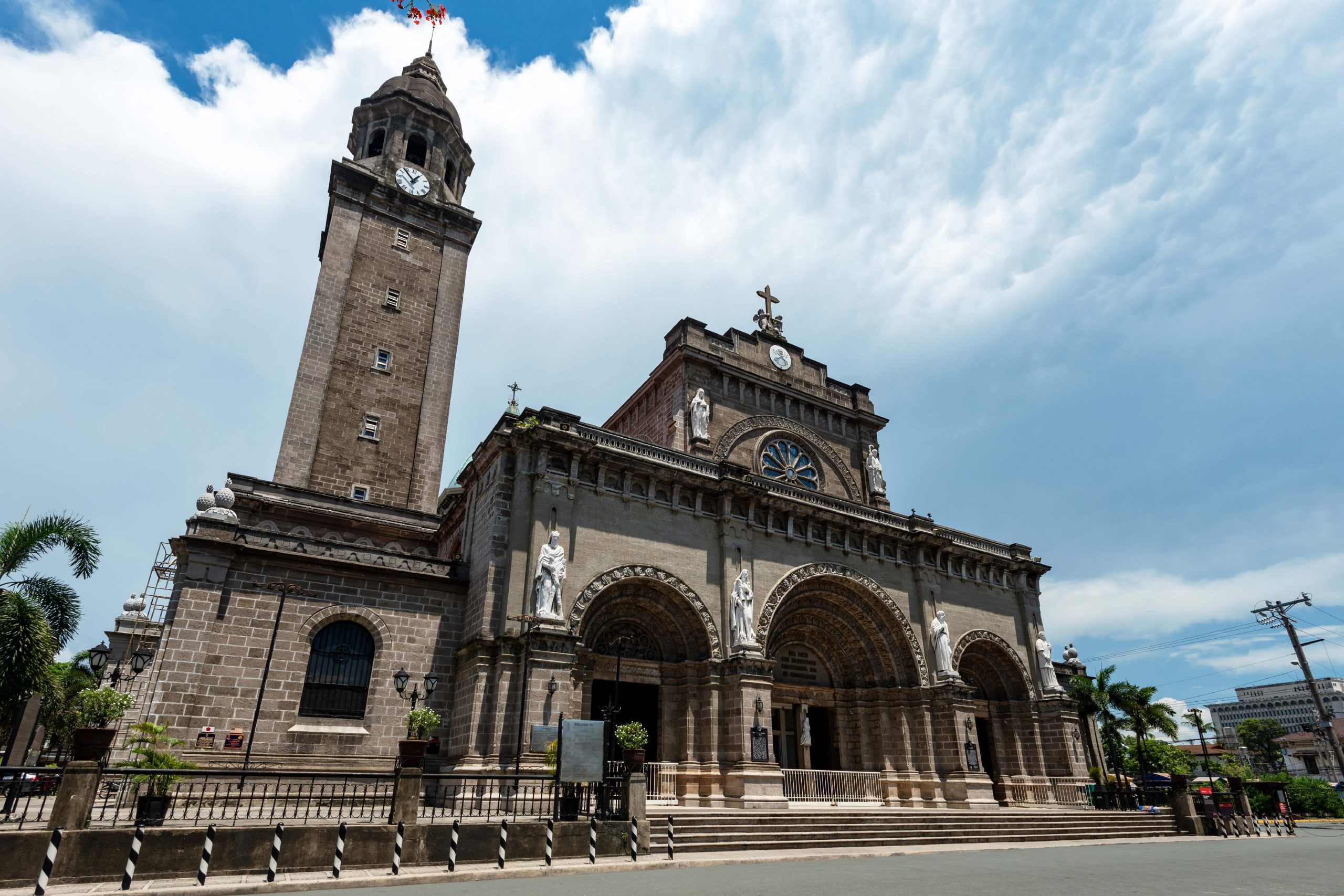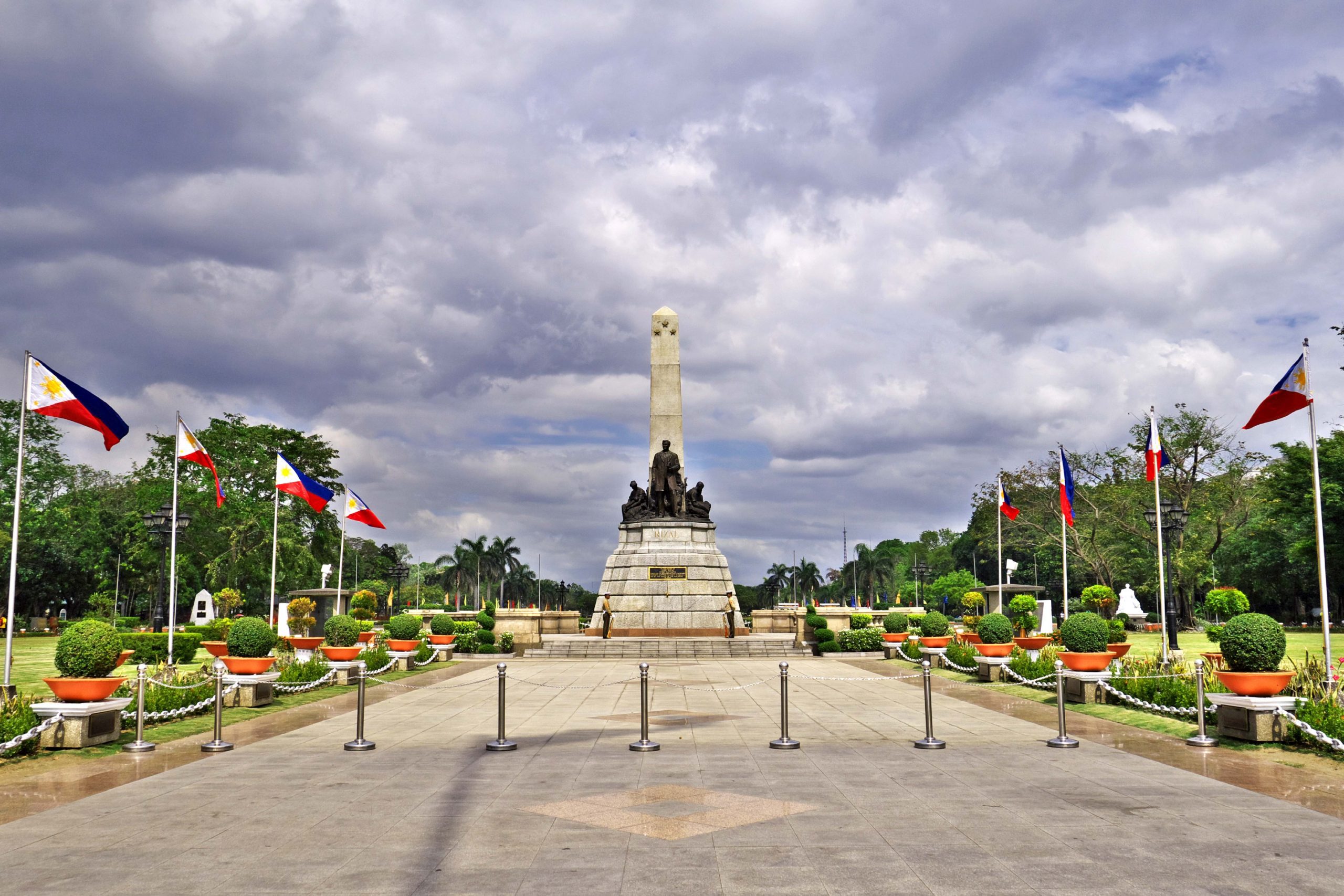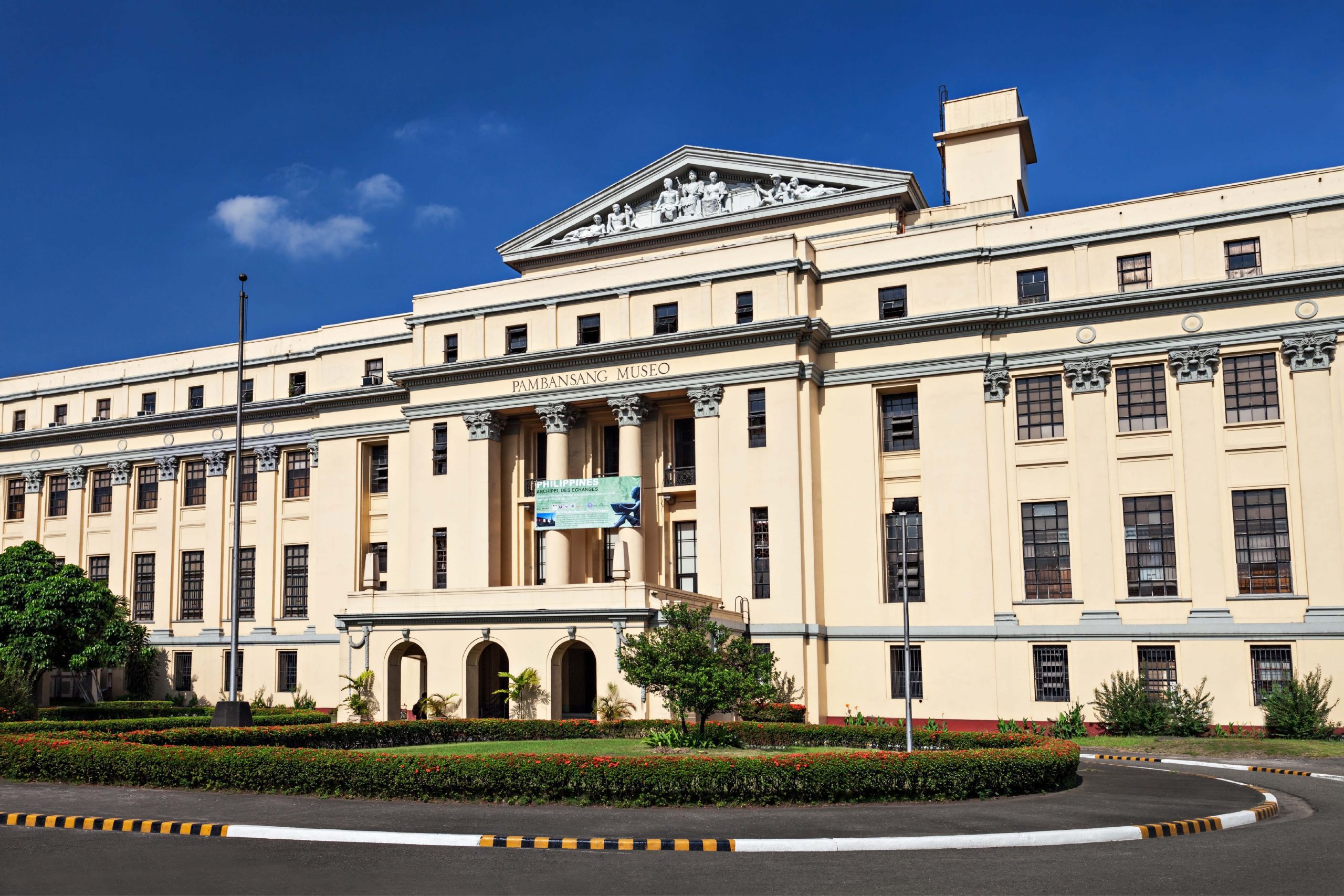MANILA


INTRAMUROS
Old-world Intramuros is home to Spanish-era landmarks like Fort Santiago, with a large stone gate and a shrine to national hero José Rizal. The ornate Manila Cathedral houses bronze carvings and stained-glass windows, while the San Agustin Church museum has religious artwork and statues. Spanish colonial furniture and art fill Casa Manila museum, and horse-drawn carriages (kalesa) ply the area’s cobblestone streets.
INTRAMUROS
Old-world Intramuros is home to Spanish-era landmarks like Fort Santiago, with a large stone gate and a shrine to national hero José Rizal. The ornate Manila Cathedral houses bronze carvings and stained-glass windows, while the San Agustin Church museum has religious artwork and statues. Spanish colonial furniture and art fill Casa Manila museum, and horse-drawn carriages (kalesa) ply the area’s cobblestone streets.



LUNETA
Rizal Park, also known as Luneta Park, is a historic urban park located in Ermita, Manila. It is considered one of the largest urban parks in the Philippines, covering an area of 58 hectares. The site on where the park is situated was originally known as Bagumbayan during the Spanish colonial period. Situated on the eastern shore of Manila Bay, the park plays a significant role in shaping the history of the Philippines. The execution of Filipino patriot José Rizal on December 30, 1896 in the same area fanned the flames of the 1896 Philippine Revolution against Spain.

LUNETA
Rizal Park, also known as Luneta Park, is a historic urban park located in Ermita, Manila. It is considered one of the largest urban parks in the Philippines, covering an area of 58 hectares. The site on where the park is situated was originally known as Bagumbayan during the Spanish colonial period. Situated on the eastern shore of Manila Bay, the park plays a significant role in shaping the history of the Philippines. The execution of Filipino patriot José Rizal on December 30, 1896 in the same area fanned the flames of the 1896 Philippine Revolution against Spain.

MANILA BAY
Manila Bay is a harbor that serves the Port of Manila. Strategically located around the capital city of the Philippines, Manila Bay facilitated commerce and trade between the Philippines and its neighboring countries, becoming the gateway for socio-economic development even prior to Spanish occupation. With an area of 1,994 km2 (769.9 sq mi), and a coastline of 190 km (118.1 mi), Manila Bay is situated in the western part of Luzon and is bounded by Cavite and Metro Manila on the east, Bulacan and Pampanga on the north, and Bataan on the west and northwest.
MANILA BAY
Manila Bay is a harbor that serves the Port of Manila. Strategically located around the capital city of the Philippines, Manila Bay facilitated commerce and trade between the Philippines and its neighboring countries, becoming the gateway for socio-economic development even prior to Spanish occupation. With an area of 1,994 km2 (769.9 sq mi), and a coastline of 190 km (118.1 mi), Manila Bay is situated in the western part of Luzon and is bounded by Cavite and Metro Manila on the east, Bulacan and Pampanga on the north, and Bataan on the west and northwest.


NATIONAL MUSEUM
Founded in 1887, the National Museum have become the country’s premier educational, scientific, and cultural institution. Aspiring towards a nation unified by a deep sense of pride in our common identity, heritage, and patrimony, we imbibe a strong commitment to the protection and dissemination of our country’s legacy. This grand exhibit house features the country’s most historic works of culture and national heritage, including the paintings of Juan Luna, Spoliarium. It is the largest painting in the Philippines with a size of 4 meters high and 7.5 meters wide.

NATIONAL MUSEUM
Founded in 1887, the National Museum have become the country’s premier educational, scientific, and cultural institution. Aspiring towards a nation unified by a deep sense of pride in our common identity, heritage, and patrimony, we imbibe a strong commitment to the protection and dissemination of our country’s legacy. This grand exhibit house features the country’s most historic works of culture and national heritage, including the paintings of Juan Luna, Spoliarium. It is the largest painting in the Philippines with a size of 4 meters high and 7.5 meters wide.

